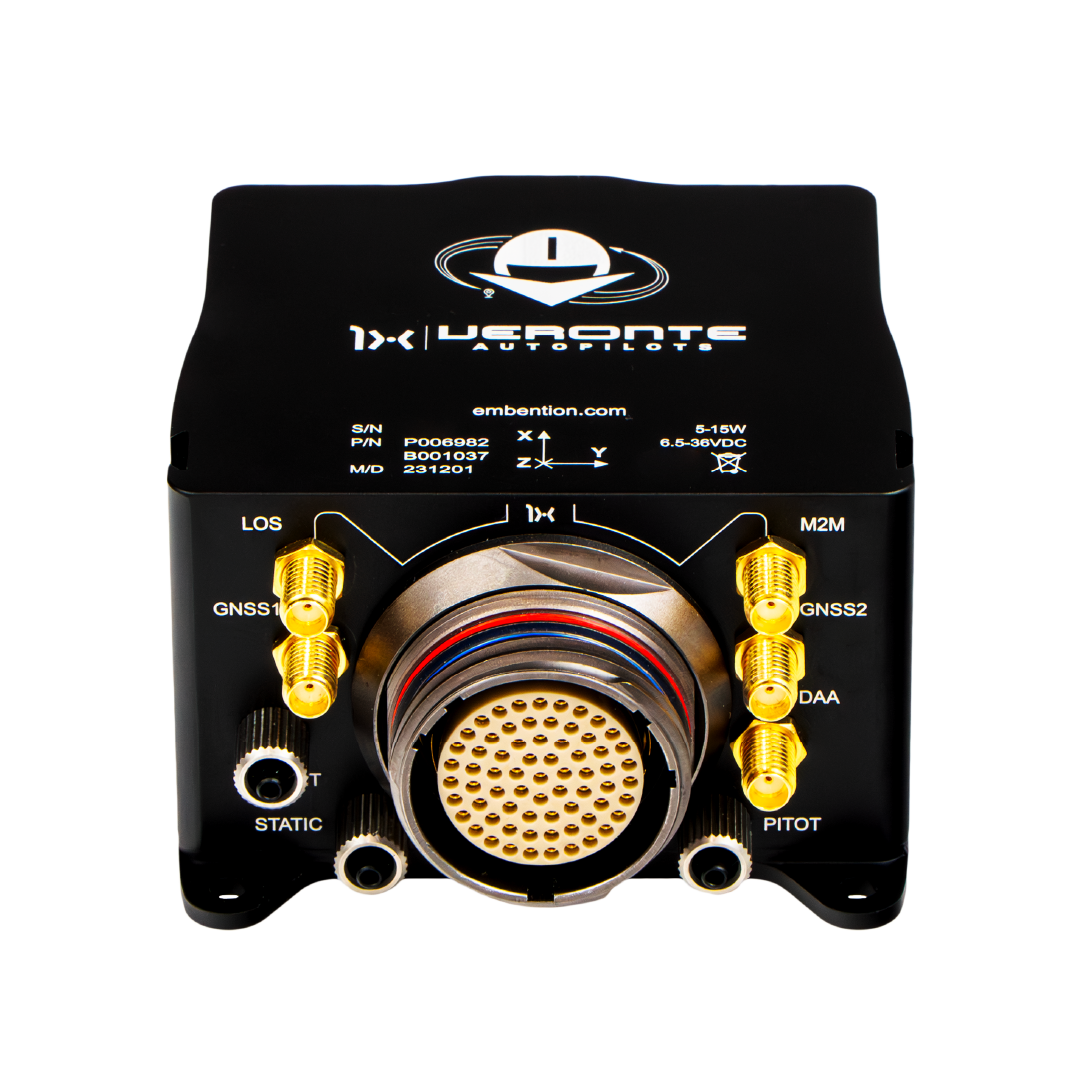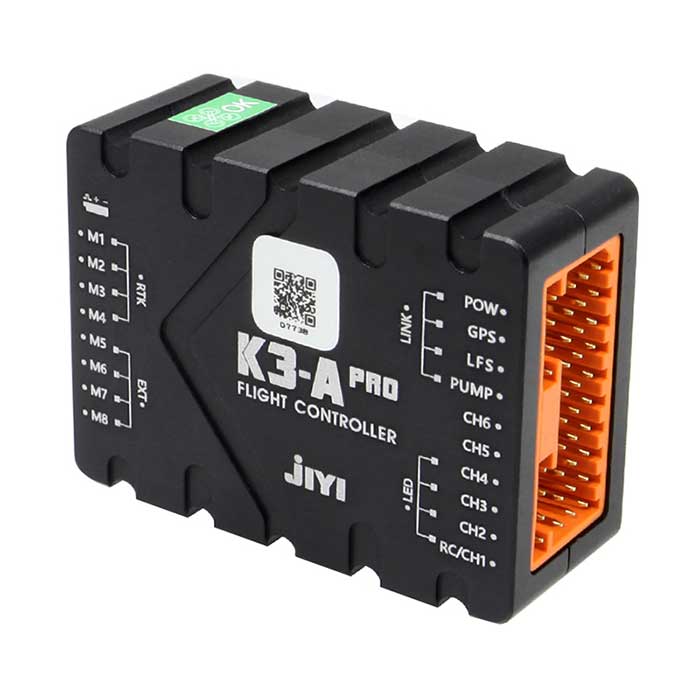Recognizing the Crucial Attributes and Functions of a Drone Flight Controller for Ideal Aerial Efficiency
The trip controller offers as the essential part in a drone's style, managing its activities and ensuring security through an advanced interaction of sensors and data handling. With developments in technology, the landscape of trip controllers is rapidly advancing, prompting a more detailed examination of what genuinely defines optimal capability in this important system.
Summary of Trip Controllers
When exploring the globe of drone innovation, understanding trip controllers is essential for both professionals and enthusiasts alike. Flight controllers act as the brain of the drone, orchestrating its motions and making certain stability during flight (SparkNavi drone flight controller and GNSS/INS made in taiwan). They process information from different sensing units, including gyroscopes, accelerometers, and barometers, to keep equilibrium and reply to pilot inputs successfully
The architecture of flight controllers can vary significantly, varying from fundamental versions designed for entry-level drones to sophisticated systems equipped with advanced functions for expert applications. The integration of GPS capacities makes it possible for precise navigation and positioning, while programmable firmware enables customers to customize flight characteristics to fit their certain demands.
In addition, flight controllers are critical in facilitating interaction in between the drone and the remote control, allowing real-time changes and telemetry information transmission. Understanding the various kinds of trip controllers, including multi-rotor, fixed-wing, and hybrid systems, is essential for picking the proper model for an offered application. Ultimately, a comprehensive grasp of flight controllers not just enhances the flying experience but also makes best use of the performance and security of drone operations.
Secret Functions of Flight Controllers
Flight controllers play a pivotal duty in taking care of a drone's trip dynamics by performing a number of key functions that ensure stability and responsiveness. One of the primary features is the stablizing of the drone's alignment and altitude. This is attained through the combination of numerous sensing units, consisting of gyroscopes, accelerometers, and barometers, which continuously check the drone's position and activity.
.jpg)
An additional important function is the processing of control inputs from the pilot or independent systems. The trip controller analyzes these inputs and readjusts the drone's motor speeds accordingly to achieve the wanted trip course. This includes handling roll, yaw, and pitch, which are essential for ability to move.
Additionally, flight controllers are equipped with foolproof systems. These functions are created to respond to essential scenarios, such as reduced battery levels or loss of signal, by initiating predefined activities like going back to the launch factor or hovering in position.

Essential Features to Consider
When choosing a drone description flight controller to guarantee optimum efficiency and dependability,Various important attributes must be taken into account. One essential element is the controller's processing power, which identifies its ability to deal with complex trip formulas and real-time data handling. A greater processing capacity improves responsiveness and stability throughout trip.
One more essential feature is the number of sustained flight settings. A versatile trip controller need to use various modes, consisting of acro, altitude hold, and GPS-assisted settings, satisfying various pilot skill degrees and operational scenarios. Furthermore, the presence of built-in security features, such as fail-safes and geofencing, can considerably boost operational safety.
Compatibility with various communication procedures is also essential, as it guarantees smooth integration with various other devices and peripherals, such as remote controllers and telemetry systems. The controller's firmware need to be straightforward and routinely upgraded to include new attributes and optimizations.
Combination With Sensing Units and Solutions
A trip controller's efficiency is greatly influenced by its capability to integrate with different sensing units and systems. This integration is vital as it enables the trip controller to obtain real-time data needed for reliable flight administration. Secret look at here sensors include GPS, inertial measurement systems (IMUs), barometers, and magnetometers, each offering essential information relating to the drone's alignment, position, and elevation.

Furthermore, progressed trip controllers sustain combination with payload systems, consisting of video cameras and various other sensors, making it possible for improved performances such as self-governing navigation and challenge evasion. This interconnectedness not only boosts the drone's operational capabilities yet also broadens its application possible throughout various markets, from airborne digital photography to agricultural surveillance. Hence, a well-integrated flight controller is fundamental for attaining optimal aerial performance and ensuring the reliability of drone operations.
Tips for Optimizing Performance
To take full advantage of the performance of your drone, numerous vital techniques can be used that emphasis on optimizing both equipment and software elements. Initially, guarantee that the trip controller firmware is up to day. Producers frequently launch updates that boost stability, enhance functionality, and take care of pests. On a regular basis looking for these updates can dramatically affect your drone's efficiency.
Next, adjust your sensing units, consisting of the accelerometer and gyroscope, to ensure accurate analyses. Appropriate calibration lessens drift and boosts flight stability, especially throughout complicated maneuvers. Furthermore, take into consideration upgrading the hardware elements, such as electric motors and props, to enhance drive and performance. Top quality propellers can minimize drag and rise trip time.
Fine-tune your trip settings, including PID (Proportional, Indispensable, Acquired) values, to accomplish smooth and responsive handling. By carrying out these techniques, drone drivers can substantially enhance airborne efficiency, leading to a more reliable and delightful flying experience.
Final Thought
In final thought, a thorough understanding of drone flight controllers is critical for enhancing aerial efficiency. By focusing on these components, operators can significantly raise the performance and dependability of their drone systems in varied applications.
Trip controllers serve as the brain of the drone, coordinating its activities and ensuring stability throughout trip.Trip controllers play a critical function in handling a drone's trip characteristics by performing a number of crucial features that make certain stability and responsiveness. The flight controller interprets these inputs and changes the drone's electric motor rates as necessary to attain the preferred trip course.Numerous essential features ought to be taken into account when selecting a drone flight controller to guarantee ideal performance and dependability. Therefore, a well-integrated flight controller is fundamental for achieving optimal airborne performance and guaranteeing the dependability of drone operations.
Comments on “Unequaled Accuracy: SparkNavi Drone Flight Controller and GNSS/INS Made in Taiwan”